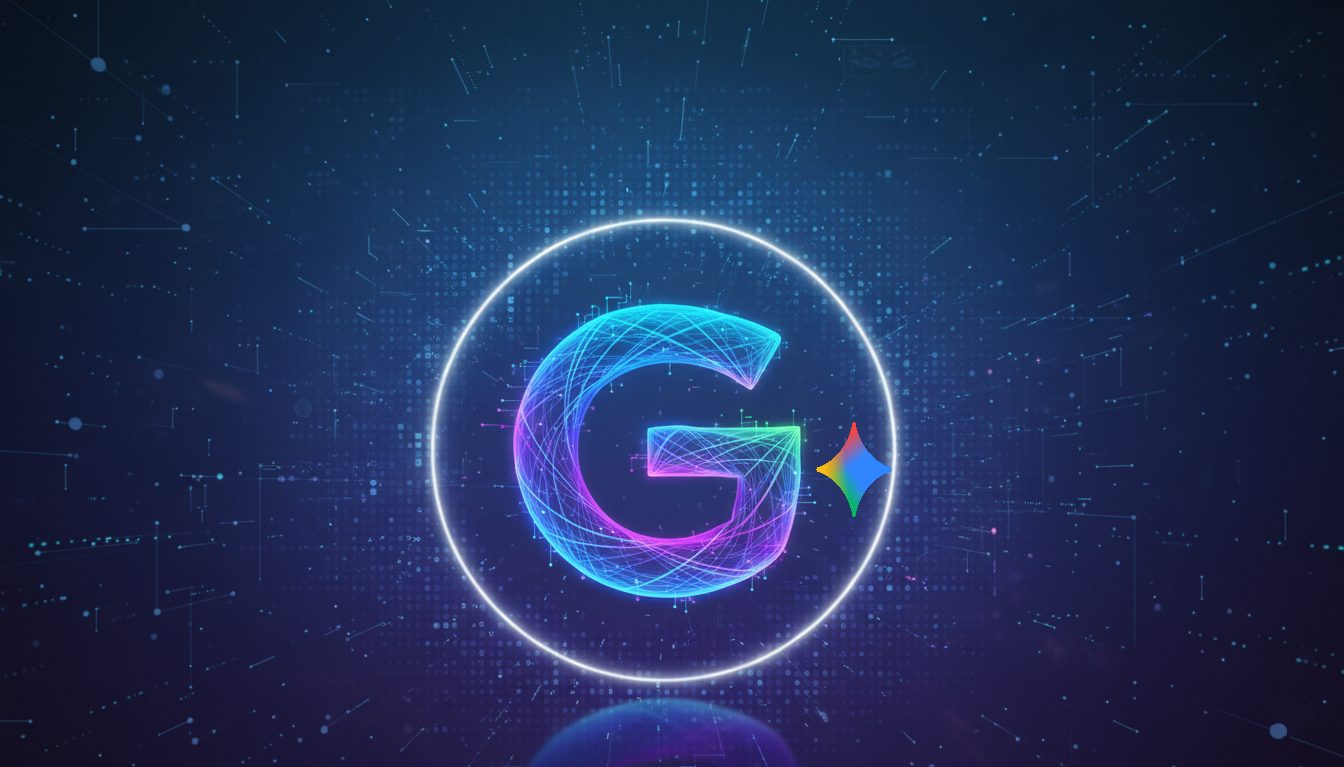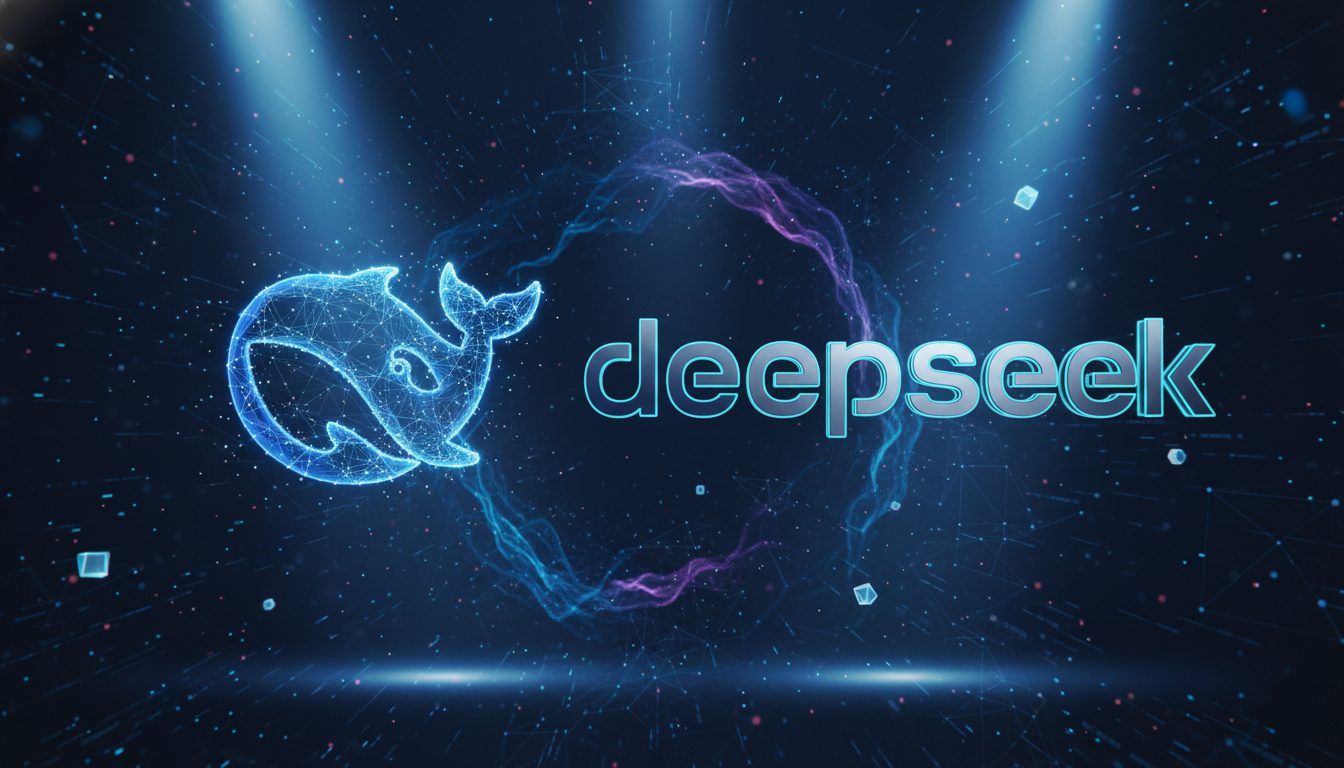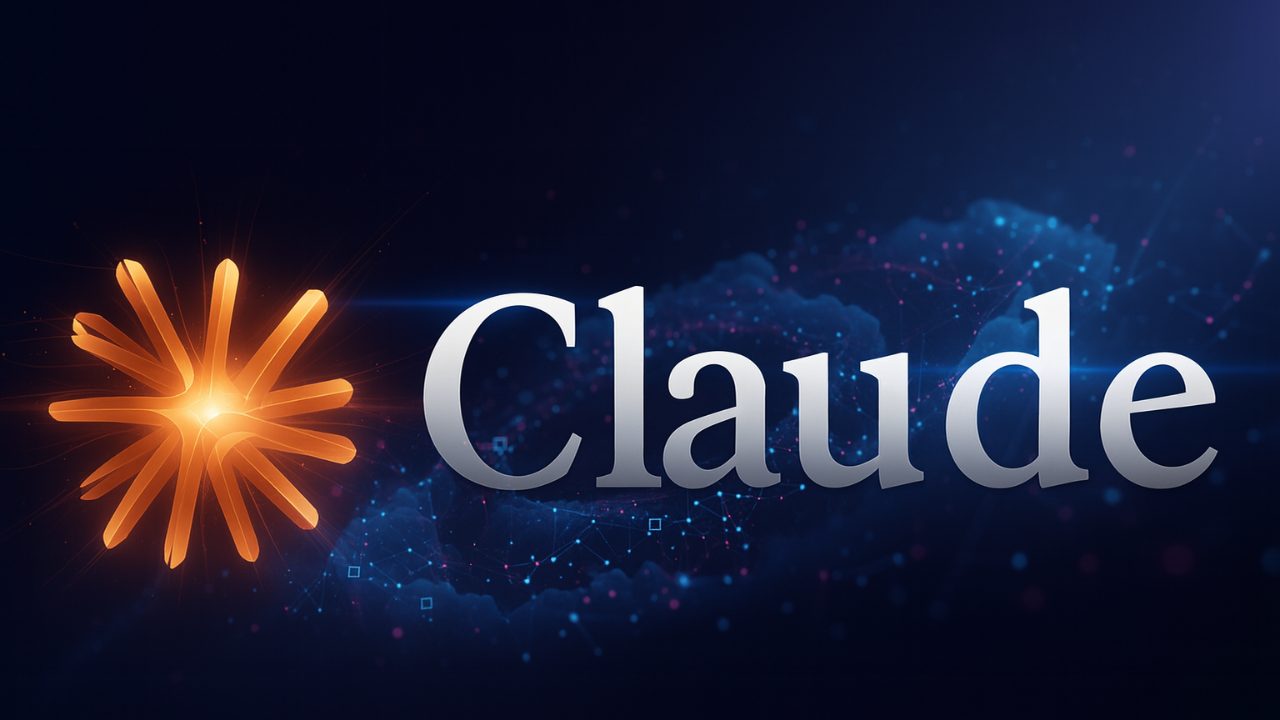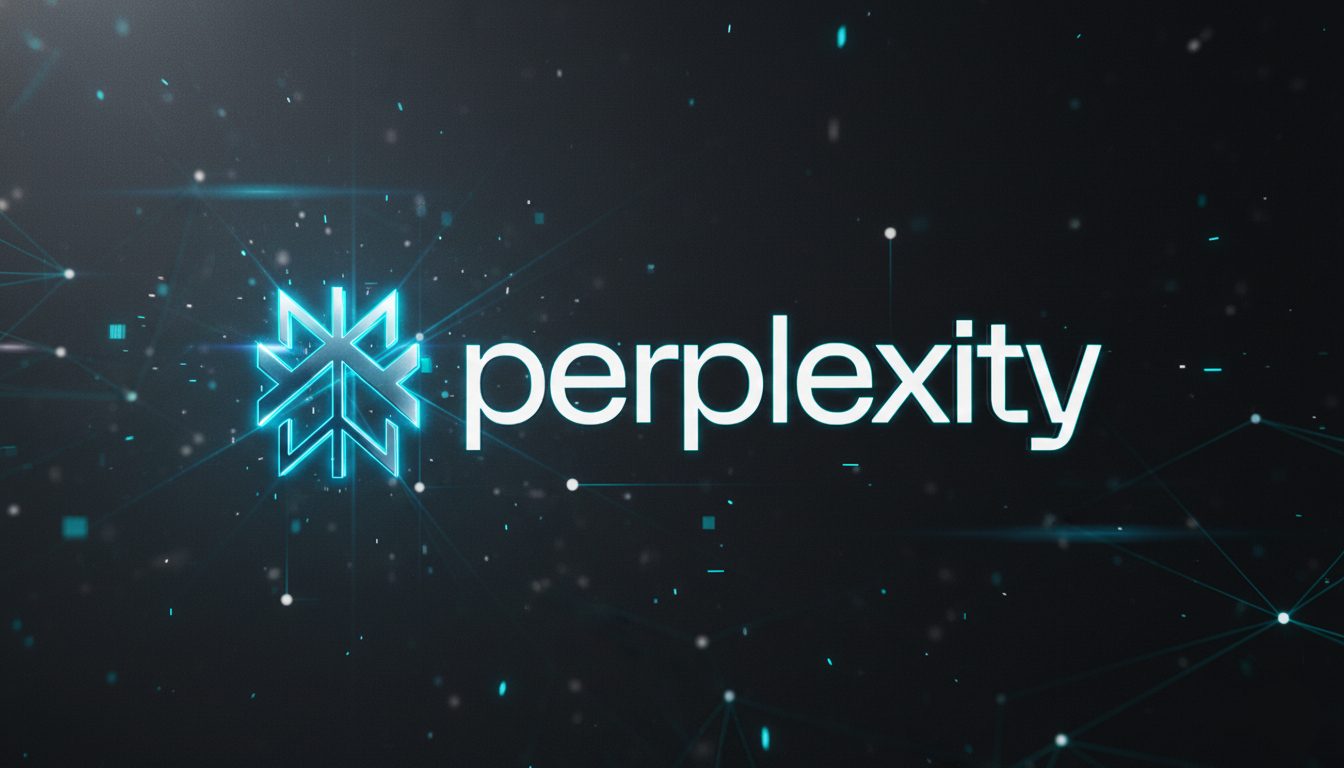The search landscape is in the middle of its most significant transformation since the dawn of mobile browsing. At the center of this earthquake is Google Gemini, an advanced AI ecosystem that is fundamentally redefining the relationship between users, information, and the search engine.
For over two decades, the rules were simple: you optimized your website for traditional search engines, aimed for the top “blue link” on the search engine results page (SERP), and worked to drive clicks.
That era is over.
How Does Ranking On Gemini Work?
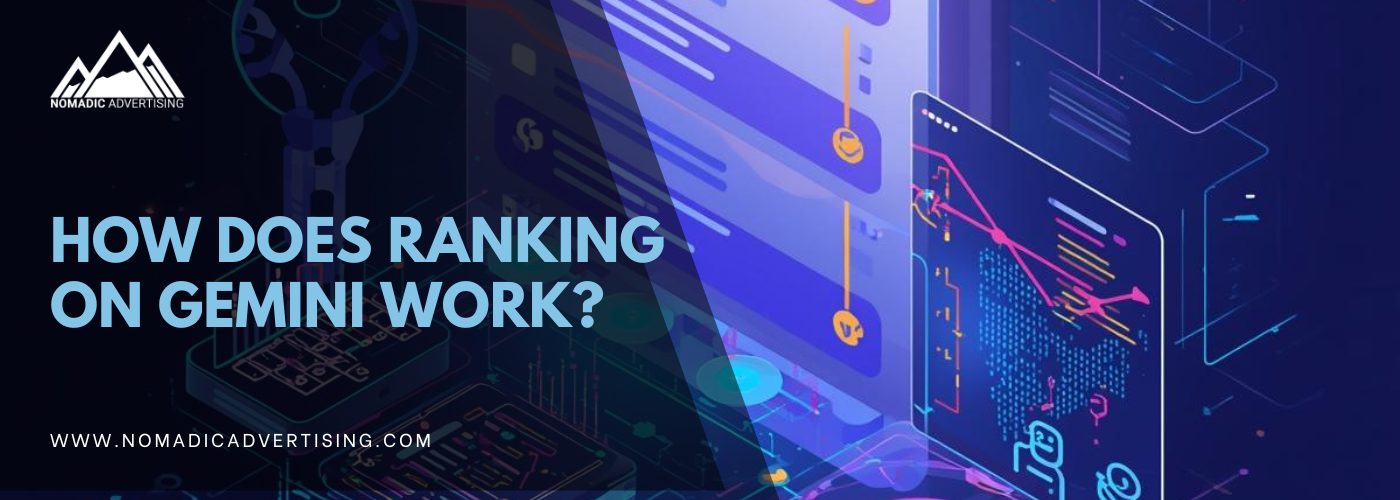
Google Gemini is rapidly catalyzing a paradigm shift, transforming Google Search from a “search engine” into an “answer engine.” But how does this work? It’s simple: Gemini is the AI engine, and the “AI Overview” is the result.
Instead of just providing a list of links, the Gemini model now generates these AI Overviews, a feature that synthesizes information from multiple sources to provide a single, comprehensive answer directly on the search results page.¹ This entire ecosystem is the new Search Generative Experience (SGE).
This shift presents a terrifying prospect for unprepared businesses: a world where your website traffic evaporates because users get their answers without ever needing to click. But for those who adapt, it represents an unprecedented opportunity to be featured as the definitive authority in their space.
This new discipline isn’t search engine optimization (SEO) as you know it. This is Generative Engine Optimization (GEO). At Nomadic Advertising, we specialize in navigating this new frontier. This guide will walk you through what it takes to rank in the age of Gemini, based on the new rules of the AI Search Engine Optimization landscape.
The New SERP: Clicks vs. Citations

The most visible change in the evolution of search engine technology is the AI Overview (AIO), the answer box generated by the Gemini AI. This is the AI-generated snapshot that now appears at the top of the SERP, and its impact is staggering.
AI Overviews are dominant. They already appear in a significant portion of queries, by some measures, up to 59% of informational searches. They also consume all the valuable real estate. When combined with other features, AIOs can consume approximately 67.1% of the screen on desktop and a staggering 75.7% on mobile devices, pushing even the #1 organic result “below the fold.”²
This creates two massive shifts for marketers:
- The Rise of Zero-Click Searches: AIOs are designed to satisfy user intent without requiring a click. When a user’s search query is fully answered by the summary, the incentive to visit a source website plummets.³
- The “Great Decoupling”: Marketers are seeing a bizarre new trend where impressions go up (because they are cited in the AIO and appear in the organic links) while their clicks go down (because the AIO “cannibalized” the click).
In this new environment, the primary goal of AI Search SEO is no longer to earn a click. The new goal is to earn the citation.
Being featured in an AIO, with your Brand Mentions listed as a source, is a powerful, implicit endorsement from Google. The primary return on investment is “brand imprinting.”⁴ This is the core of Generative Engine Optimization (GEO): the practice of strategically structuring content to maximize the probability of being discovered, trusted, and cited by generative AI models.¹
E-E-A-T: The Unskippable Foundation for AI Trust

If GEO is the new strategy, E-E-A-T is its non-negotiable foundation.
Large Language Models (LLMs) like Gemini have a well-documented “hallucination” problem; they can confidently invent facts. This is a massive brand risk for Google. To combat this, Google’s AI must “ground” its answers in verifiable, trustworthy content.
But how does an AI know what’s true? It relies on proxies for trust. That proxy is E-E-A-T:
- Experience: Does the content come from someone with first-hand involvement?
- Expertise: Does the author have specialized knowledge or credentials?
- Authoritativeness: Is the website or author recognized as a go-to source?
- Trustworthiness: Is the site secure, accurate, and transparent?
Google has stated that “Trust is the most important member of the E-E-A-T family.”⁵ In the Gemini era, E-E-A-T is no longer an abstract guideline; it is a critical, technical requirement for establishing machine trust.⁶ Google’s AI will algorithmically prioritize content that exhibits strong E-E-A-T signals to avoid generating dangerous or nonsensical answers.
Building Your GEO Content Strategy

The future of search is being driven by a change in user behavior. Users, neaning natural language people, are no longer typing fragmented keywords. They are interacting with search engines using natural, conversational language, asking full questions. The entire field of natural language processing is advancing to understand the intent behind these complex queries.
Your content strategy must evolve to match this. The goal is to create “citation-ready” content structured for an AI audience.
- Embrace Hyper-Specific Intent: Broad, general articles are failing. For example, an article on “best AI content detection tools” will not be cited for “best free AI detection tools.” In that case we’d recommend to create a new, hyper-targeted page for the “free” intent, that way it is very likely to be cited in the AI Overview.
- Become a Knowledge Architect: You must shift from writing linear “articles” to architecting a structured, queryable knowledge base. Each page should be a “database” of answers that the AI can easily query and retrieve.
- Structure for Machines: A clear content structure is paramount. Use a strict hierarchy of headings (H1, H2, H3) as signposts. Use bulleted lists and HTML tables for complex data, as these are easy for an AI to parse and are prime candidates for citation.
- Create “Answer Nuggets”: Your content creation process must focus on “answer nuggets.” These are short, 40-80-word paragraphs that provide a complete, self-contained answer to a specific question. Each major section should begin with one of these direct answers.⁷
- Prioritize Content Clarity: AI systems favor simple, readable language. It reduces the risk of misinterpretation during summarization. Avoid jargon and write in a natural, conversational tone.
- Focus on User-focused content: The best AI-specific content is relentlessly human. Showcase your “Experience” (the ‘E’ in E-E-A-T) by including personal anecdotes, case studies, and original photos. Integrate community content like testimonials and reviews to show real-world proof.
- Update Content Relentlessly: Freshness is a powerful trust signal. You must update content every 3-6 months, refreshing stats and adding new insights. This signals to Google that your content is a reliable, maintained source of truth.⁸
This comprehensive approach ensures your content ranking is high, not just in the traditional “blue links,” but as a citable source within the AI Overview itself.
Technical SEO: Speaking the AI’s Language with Structured Data

If E-E-A-T is your foundation and structured content is your framework, technical optimization is the language you use to explain it all to the AI.
Structured data, implemented via Schema Markup, is arguably the single most important technical element for GEO. It is the explicit language used to communicate the meaning and context of your content to search engines.
Why is this a game-changer for AI Search SEO? It removes all ambiguity.
Instead of forcing Gemini to guess what your content is about, you are telling it. By adding schema tags to your page, you create a machine-readable “data layer” that translates your unstructured content into a structured format. This provides the AI with verifiable facts, helps prevent hallucinations, and significantly increases the chances of your content being used.⁹
While there are hundreds of schema types, you should prioritize these:
- FAQPage: Directly maps your Q&A content to conversational queries.
- HowTo: Structures your step-by-step guides for the AI.
- Product: Defines price, availability, and reviews for e-commerce.
- Article: Defines the author, publication date, and headline.
- Organization: Defines your company’s official name, logo, and contact info.
This technical foundation, combined with smart internal links (to build topic clusters) and strong off-page brand signals (like consistent brand presence in directories), is what separates brands that are talked about by the AI from those that are ignored.
It’s also important to remember that GEO builds upon, not replaces, traditional SEO. The vast majority of AIO citations are awarded to websites that already rank in the top 12 traditional organic positions.⁷ Your site must still be fast, mobile-friendly, and secure.
Don’t Get Left Behind in the Future of Search

The future of search is already here. It is a fundamental paradigm shift that blends semantic search, voice search, and advanced AI Search Engine Optimization. This new search landscape demands a holistic strategy that integrates E-E-A-T, creates entity-rich content with pinpoint clarity, and uses technical Schema Markup to build machine trust.
The old rules of search engine optimization are no longer enough. You can’t just optimize for the ‘blue links’ of Google Search anymore. You must optimize for Google’s Gemini: the AI engine that creates the AI Overviews that now dominate the page.
And while AI tools are excellent assistants, publishing raw, unedited AI-generated content is a high-risk strategy. Google doesn’t penalize content because it’s AI-made, but it does penalize low-quality content, which is often the result of unsupervised AI generation. The most effective approach is a human-AI symbiosis, where human experts provide the genuine experience, nuance, and fact-checking that machines cannot.⁸
This is not a “wait and see” moment. This is a “move or be forgotten” moment.
At Nomadic Advertising, we are not just SEOs; we are Generative Engine Optimization experts. We understand this new ecosystem from the inside out: from building your foundational brand presence and E-E-A-T signals to architecting the AI-specific content and technical structured data that get you cited.
Don’t let your brand’s voice get lost in the AI summarization. Be the source.
Contact Nomadic Advertising today for a free, no-obligation GEO analysis. Let’s make your brand the definitive answer Google’s Gemini is looking for.
Sources
- Wikipedia. (2024, October 28). AI Overviews. Retrieved October 30, 2025, from https://en.wikipedia.org/wiki/AI_Overviews
- Brandastic. (n.d.). Google AI Overviews and Its Impact on SEO. Retrieved October 30, 2025, from https://brandastic.com/blog/google-ai-overviews-and-its-impact-on-seo/
- Digital Marketing Institute. (n.d.). Google AI Overviews: What Do They Mean for Search? Retrieved October 30, 2025, from https://digitalmarketinginstitute.com/blog/google-ai-overviews-what-do-they-mean-for-search
- MakDigital Design. (n.d.). Google Gemini SEO Guide 2025: How to Rank in Gemini AI Search. Retrieved October 30, 2025, from https://makdigitaldesign.com/ecommerce-trends/seo-trends/google-gemini-seo-complete-ranking-guide/
- ClickPoint Software. (n.d.). E-E-A-T as a Ranking Signal in AI-Powered Search. The ClickPoint Blog. Retrieved October 30, 2025, from https://blog.clickpointsoftware.com/google-e-e-a-t
- Boostability. (n.d.). Google E-E-A-T (2024 Ultimate Guide). Retrieved October 30, 2025, from https://www.boostability.com/resources/google-e-e-a-t-guide/
- Botify. (n.d.). What Are Google AI Overviews and How Do They Work? Retrieved October 30, 2025, from https://www.botify.com/insight/what-are-google-ai-overviews
- Writesonic. (n.d.). Google Gemini SEO: How to Rank on Gemini’s Answers. Retrieved October 30, 2025, from https://writesonic.com/blog/gemini-seo/

